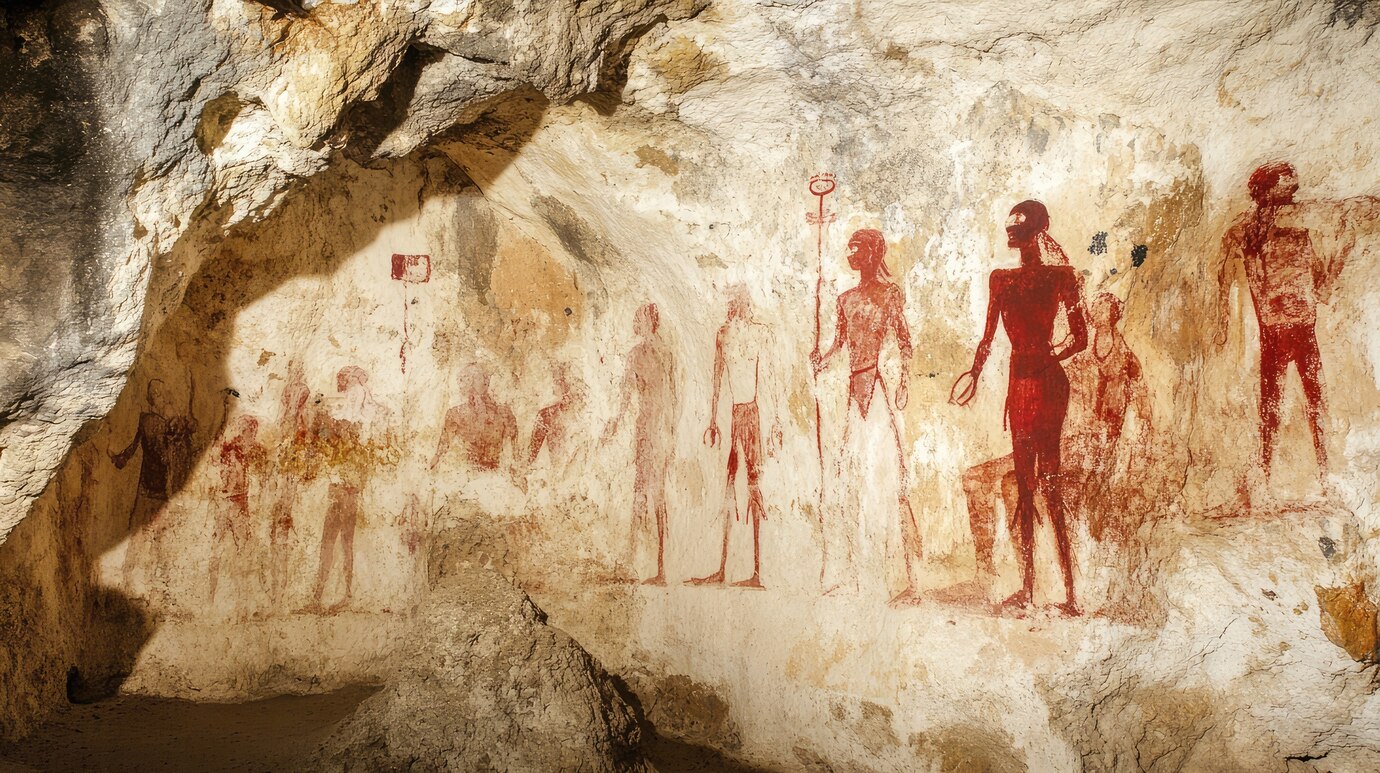Table of contents
Few sports can match the global reach, cultural impact, and emotional intensity of soccer, known as football in most parts of the world. Whether it’s a World Cup final or a weekend match in a dusty village, soccer ignites passion like no other sport. But how did it get here? Understanding the history and evolution of soccer reveals a rich tapestry of tradition, innovation, and universal love for the game.
In this post, we’ll take you on a journey through time—uncovering how soccer began, how it spread across continents, and how it evolved into the global phenomenon it is today.
The Ancient Roots of Soccer
The history and evolution of soccer can be traced back more than 2,000 years. Ancient civilizations played various forms of ball games that share similarities with modern soccer.
- China’s Cuju (Ts’u-chü): Dating back to the Han Dynasty (206 BC – 220 AD), Cuju involved kicking a leather ball into a net, often played as military training.
- Mesoamerican Ballgames: The Mayans and Aztecs also played a form of ball game with ritualistic and competitive elements.
- Ancient Greece and Rome: Games like Episkyros and Harpastum involved teams, balls, and strategic play, though hands were more commonly used.
While these early games weren’t identical to soccer, they laid the groundwork for what would eventually evolve into the sport we recognize today.
Medieval Soccer in Europe
The medieval version of soccer, often called “mob football,” was rough, unregulated, and often played between entire villages. Matches were chaotic affairs, played in streets, fields, and even rivers. Goals were miles apart, and rules varied greatly between regions.
Key characteristics:
- Often played during festivals or holidays
- Extremely physical, with few if any boundaries
- Banned multiple times in England due to violence and disruption
Though unruly, these early European games kept the spirit of soccer alive and helped it evolve into something more organized.
The Birth of Modern Soccer
The turning point in the history and evolution of soccer came in the 19th century in England. As schools and universities began adopting sports for character-building, there was a push to standardize rules.
- 1848: The Cambridge Rules were developed, laying a foundation for fair play.
- 1863: The Football Association (FA) was established in England. This marked the official split between soccer and rugby, as the FA codified rules that banned carrying the ball.
These developments helped formalize the game, making it more structured and accessible to players and fans alike.
The Global Spread of Soccer
As the British Empire expanded, so did soccer. Soldiers, sailors, and merchants took the game to every corner of the world. By the early 20th century, soccer clubs were forming across Europe, South America, Africa, and Asia.
Key milestones:
- 1904: FIFA (Fédération Internationale de Football Association) was founded to govern international competition.
- 1930: The first FIFA World Cup was held in Uruguay, launching what would become the world’s most-watched sporting event.
- 20th Century: Soccer became deeply embedded in national cultures, often reflecting political and social identities.
This global spread was key in shaping soccer into a multicultural, unifying force worldwide.
Technological and Tactical Evolution
In the modern era, the history and evolution of soccer is also about how the game has changed on and off the field.
Technological Advances:
- Goal-line technology and VAR (Video Assistant Referee) have brought more accuracy to refereeing.
- Fitness tracking, GPS vests, and AI analysis help teams optimize performance and prevent injuries.
- Synthetic turf and better boots have improved playing conditions worldwide.
Tactical Shifts:
- From rigid formations like 2-3-5 in early days to dynamic tactics like tiki-taka, gegenpressing, and false nines.
- Coaches and managers have become strategic masterminds, often compared to chess players guiding pieces on a pitch.
Soccer today is faster, more technical, and more data-driven than ever before.
The Cultural Impact of Soccer
Soccer has become more than just a game. It’s a global language that transcends borders, bringing people together in times of celebration and struggle.
- Icons like Pelé, Maradona, Zidane, and Messi have inspired generations.
- Major tournaments like the World Cup and UEFA Champions League unite billions.
- Grassroots movements and local clubs create deep community connections.
The emotional, political, and cultural dimensions of soccer are as powerful as its athletic appeal.
FAQs About the History and Evolution of Soccer

Soccer has ancient roots in China, Greece, and Rome, but the modern version originated in England in the 19th century with standardized rules and formal organizations.
In 1863, the Football Association in England banned the use of hands, officially distinguishing soccer from rugby and setting a new path for the sport.
Soccer began spreading globally in the late 1800s through British influence and was firmly established worldwide by the mid-20th century, especially after the 1930 World Cup.
Technology like VAR, goal-line tech, fitness tracking, and match analysis has made soccer more precise, competitive, and data-driven in the 21st century.
Final Thoughts
The history and evolution of soccer is a story of transformation, passion, and unity. From ancient ball games to global championships, soccer continues to evolve while maintaining its simple, beautiful essence. It’s more than a sport—it’s a symbol of identity, joy, and human connection.
Whether you’re a lifelong fan or a curious newcomer, understanding soccer’s past helps you appreciate its present—and the bright future it still holds.




